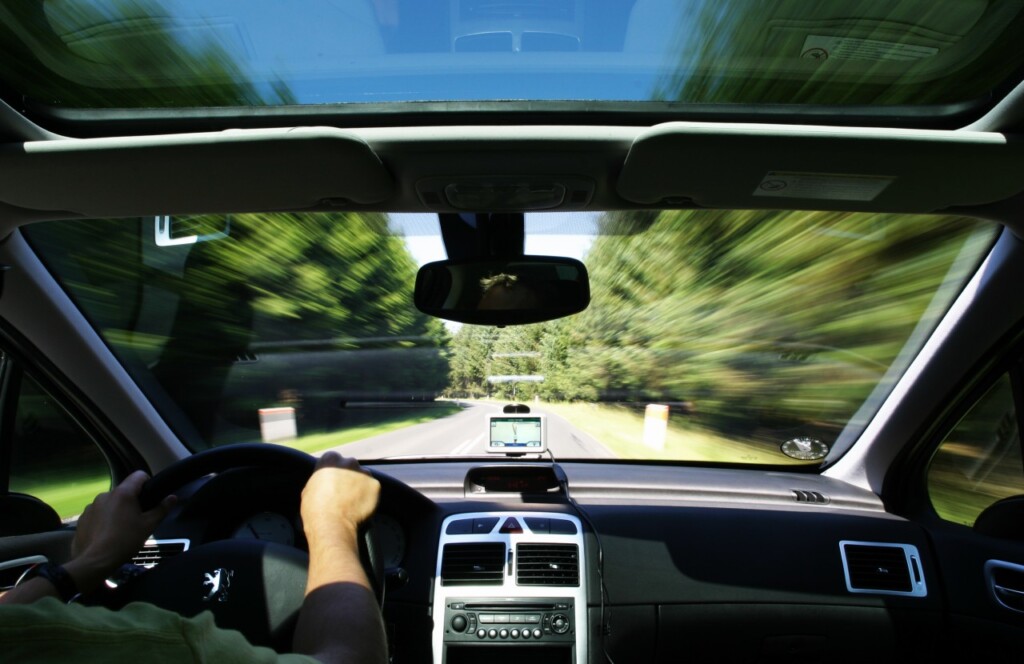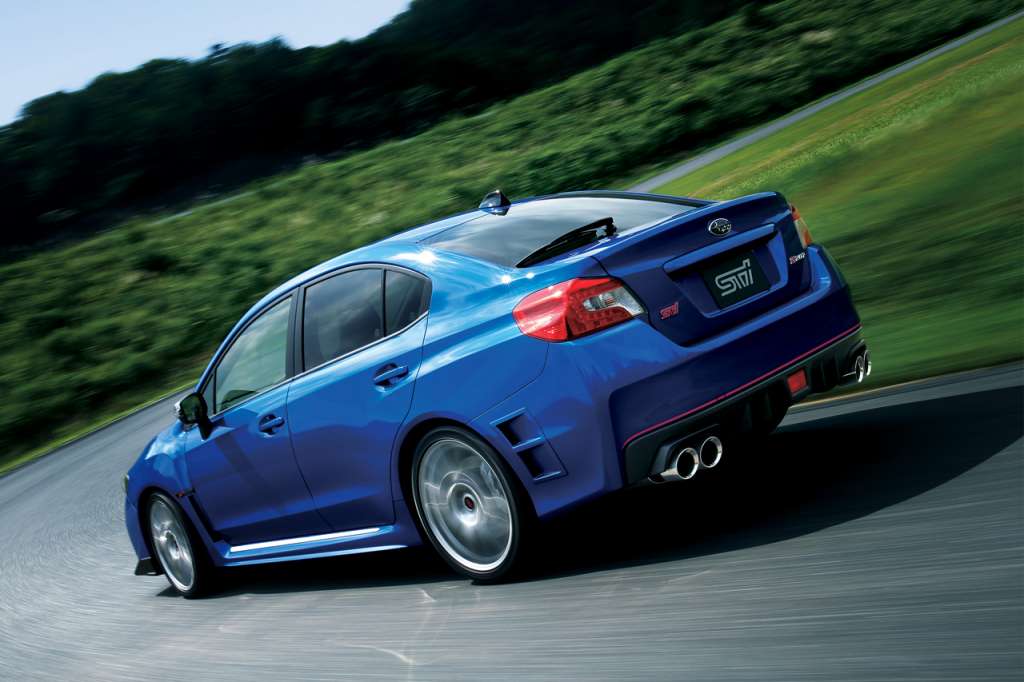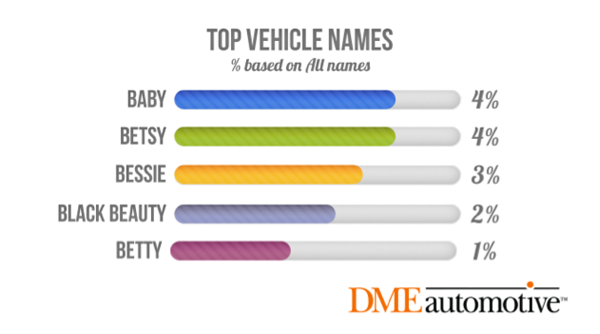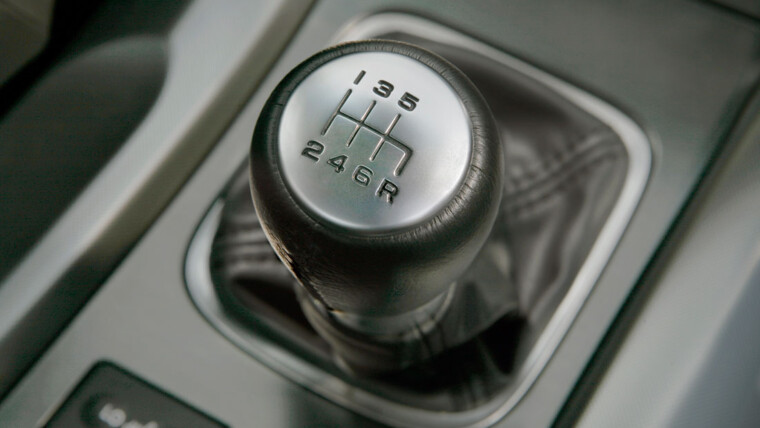While so much rightful attention has been paid to the dangers of distracted driving in recent years, a new study released by Liberty Mutual Insurance and SADD (Students Against Destructive Decisions) reveals that teens are still neglecting the most basic rules of the road from observing speed limits and wearing seatbelts to engaging in aggressive driving behaviors.
Aggressive driving is defined as an individual committing a combination of moving traffic offenses, such as driving above the speed limit and cutting off other drivers; while retaliatory driving, also known as “road rage,” is defined as an assault with a motor vehicle, which is a criminal offense. The new data shows these behaviors go largely unnoticed by teens’ parents – with only 16% reporting their teens drive aggressively and 13% thinking their teens have retaliated when provoked – showing the need for a reality check among parents about their teens’ hazardous driving habits.
“Aggressive driving behaviors such as speeding, following too closely or cutting off other drivers can be dangerous for all drivers but especially problematic for teen drivers given their relative inexperience,” said Dr. William Horrey, Ph. D., principal research scientist at the Liberty Mutual Research Institute for Safety. “The study revealed some significant gaps in what teens and parents think is safe versus teens’ actual behaviors reinforcing the critical need to refocus on the basics along with other safe driving habits before it’s too late.”
Despite a majority of teens who consider aggressive driving to be dangerous, more than one-third admit to having an aggressive driving style, revealing a disconnect between teens’ understanding of safe driving and reality. Even more alarming, 31% of teens say they have retaliated or experienced road rage when provoked by another driver – creating a dangerous environment for everyone on the road.
In addition to aggressive driving styles, the new survey reveals teens are not only neglecting the driving basics, but are also failing to observe the law. For example, one in 5 teens admit to not wearing a seat belt. Also alarming, while the majority of teens may consider themselves “safe drivers,” although admit to speeding.
However, this is news to parents. While the majority of teens may disclose their speeding habits, less than half of parents actually believe their teens speed. In addition, teens who have driven for one-plus years are more likely to speed than those who have had their license for less than 6 months – showing that more experience behind the wheel does not prevent reckless driving behaviors.
Of those same self-described “safe drivers,” two-thirds admit to transporting three or more teen passengers in the car, and only 26% of all teens perceive this to be distracting. According to NHTSA, the risk of a fatal crash goes up in direct relation to the number of teens in the car; and therefore it’s important for teens to understand the ramifications and dangers of driving with multiple passengers. Just as concerning, parents are also largely unaware of this behavior, with only 40% reporting that their teens drive with three or more passengers in the car.
“What may seem insignificant to teen drivers, like having friends in the car or driving a few km over the speed limit, can have a major impact on their safety and endanger others on the road,” said Stephen Gray Wallace senior advisor for policy, research and education at SADD. “We challenge parents and teens alike to revisit the importance of following the basic safety rules of the road. Ignoring driving fundamentals is simply not worth the risk.”
Source: via Autoblog
Other posts by AF Newsdesk











